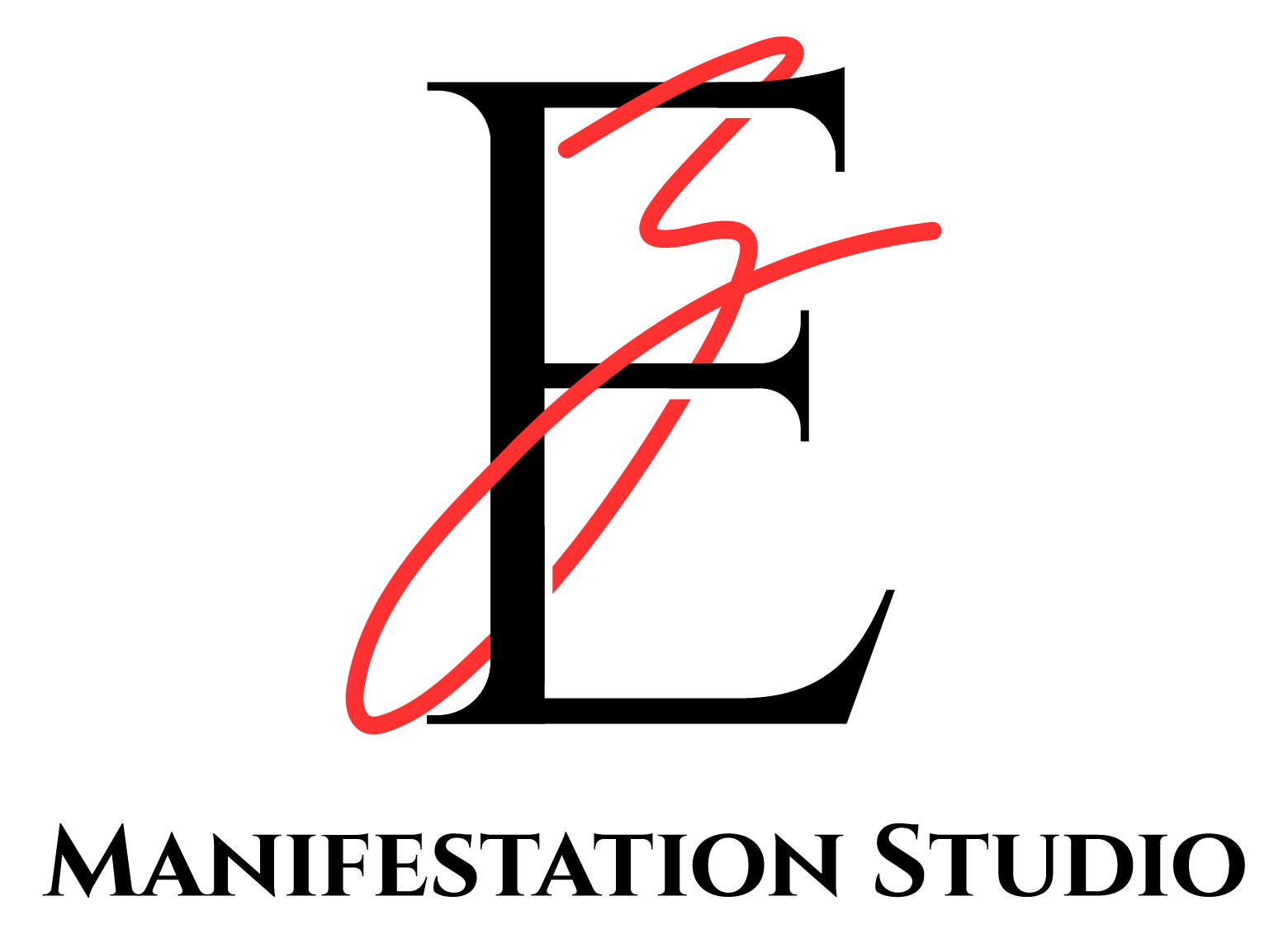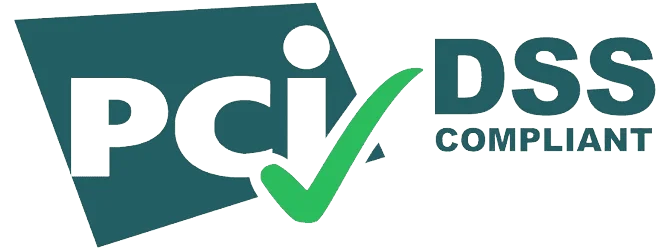
Botox glorifies smoother skin, a youthful glow. You can see that the most important version is a powerful weapon in skilled hands, treating sundry cosmetic concerns. If you are considering getting Botox injections, it helps to know about the areas most commonly treated by Botox. This guide will delve into the popular Botox locations, some positioning specifics with Botox, and frequently asked questions to help make an informed choice.
Table of Contents
ToggleUnderstanding Botox: More Than Just Wrinkle Reduction
This type of injection is known as Botox and is simply by the name of botulinum toxin type A, which is a drug that gives paralysis to the muscles for a temporary period. The drug is applied in small controlled doses that block nerve signals at the area of injection from reaching the muscles, thus facilitating relaxation of the muscles and smoothing out the existing wrinkles, which prevent the formation of other wrinkles. The Botox effect generally lasts for 3-6 months, therefore requiring further treatments. Botox is most recognized for its cosmetic application, but can also effectively help treat migraines, excessive sweating, and muscle spasms. We will focus only on the cosmetic uses.
The Forehead: Smoothing Horizontal Lines and Restoring a Youthful Appearance
The forehead is the most common Botox areas. Horizontal lines result from raising eyebrows. Botox in the frontalis muscle smooths these lines. However, the forehead is delicate. Improper Botox placement can cause a heavy brow or “Spock brow.” A skilled injector assesses facial anatomy, determining precise areas for Botox and dosage, often starting with 10 units of Botox or less.
The Glabella: Eradicating Frown Lines and Unveiling a Serene Expression
The glabella, between eyebrows, is another Botox target. Vertical lines (“11s”) result from corrugator and procerus muscle contractions. Botox relaxes these muscles, softening lines. Precision is key. Too much Botox affects expression. Experienced injectors maintain natural looks. This is one of the best areas to get Botox for subtle improvement.
Crow’s Feet: Softening Lines Around the Eyes and Restoring a Radiant Gaze
Crow’s feet emerge in a fan-like pattern from the corners of the eyes; they are caused by the activity of the orbicularis oculi muscle and can be softened by botulinum toxin. They are purposely avoided from the eyelid muscles because, if placed liberally, they will cause ptosis. Another consideration that veterinarians must respect is the limited offense from too much of a good thing. A droop in the eyelid was one of the adverse effects seen when too much Botox was applied in the crow’s feet area of the expert.
Injectors, therefore, really have to be careful not to inject too near to causing restrictions on normal muscle function to the eyelids. If that does happen, you may get droopy eyelids or ptosis.” Therefore, an experienced injector is ultimately considered the safest route because conservative techniques require adequate placement of injectables in minimal doses.
The Lips: Addressing Lip Lines and Gummy Smiles with Nuance
While the forehead/glabella is a more common area for Botox, it can also be used with precision to treat certain lip problems. Very small amounts of Botox are injected into the orbicularis oris, the muscle surrounding the mouth, to diminish the appearance of vertical lip lines (often referred to as smoker’s lines) and even prevent the mouth corners from rolling down, giving a perpetually sad or downturned look to that expression.
A gummy smile where gum tissue appears in excess is also treated with Botox. While preventing the muscles from elevating the upper lip, Botox gives balance to gum exposure, making for a more aesthetic smile with pleasing proportions.
The Masseter Muscles: Slimming the Jawline and Achieving Facial Harmony
The masseter muscles, which lie on the sides of the jaw, serve the main function of chewing. In some cases, these muscles may become large as a result of bruxism (grinding teeth) or an inherited trait to form a square or more male jaw. With precise and properly targeted Botox injections in the masseter muscle, it will relax and minimize the muscle, thereby sculpting a sleeker, slimmer jaw. This has been a very amusing treatment for the clients who desire to have a more refined and feminine face. So far, most Botox injections happen in the upper face; however, masseter Botox is quickly becoming a hot procedure.
The Importance of a Skilled and Experienced Injector
Regardless of the specific Botox indications you think, of the most important priority will be to find the right injector, a very skilled one. An expert injector is knowledgeable about facial anatomy and muscle function and has advanced techniques in injecting Botox. Furthermore, he would analyze requirements and aesthetic goals, propose an individualized treatment plan to suit one’s facial anatomy, and then execute the injection carefully with safety and accuracy.
Expectation Management and Side Effects
A safe and effective treatment, Botox must still be understood with some realistic expectations and an understanding of possible side effects. Very minor adverse effects that can occur include temporary bruising, swelling, redness, and mild headache. Serious side effects like drooping eyelashes or eyebrows do occur occasionally, but not infrequentl,y if something goes wrong during the injection or it is not a very good administration technique.
FAQs About Botox
For how long do the usual effects of Botox remain?
Botox generally lasts for a period of 3 to 6 months.
Is the process of Botox treatment painful?
Most people handle these Botox injections quite well. Most will experience a slight, often described as a pinprick feeling, and use a topical numbing cream before the treatment as a way of minimizing it altogether.
What are the side effects of Botox?
Most common side effects include bruising, swelling, redness, and headache. Dropping occurs quite rarely. These risks can be minimized by a skilled injector.
What is the ideal unit of Botox that I need for the best possible outcome?
Depending on the condition of the area, how deep the wrinkles are, and how strong the muscles are. Your injector will assess your needs. A lot of injectors will typically inject an area with about 10 units of Botox first and add more if needed.
Conclusion: Embracing a Refreshed You
Using Botox for aesthetic treatment has been proven to be effective. By having the most common Botox areas as well as appropriate Botox placements, and by employing surgeons who can do these perfectly, one can make informed decisions with natural results. Through Botox, one can appear fresh and lively as it diminishes lines across one forehead, softens deep creases on the face, or slims the jaws. It is advisable to visit an expert who decides whether you need consideration for Botox or not. The blog contains topics like areas for Botox, where to inject Botox, and important treatment considerations. We hope this could help you!
Author

Maria Seth
Maria Seth writes for the Manifestation Studio blog to educate people about safe, effective beauty practices. With a background in skin rejuvenation and holistic skincare, she focuses on cutting through the noise, so readers know what’s real, what’s right, and what actually works.

